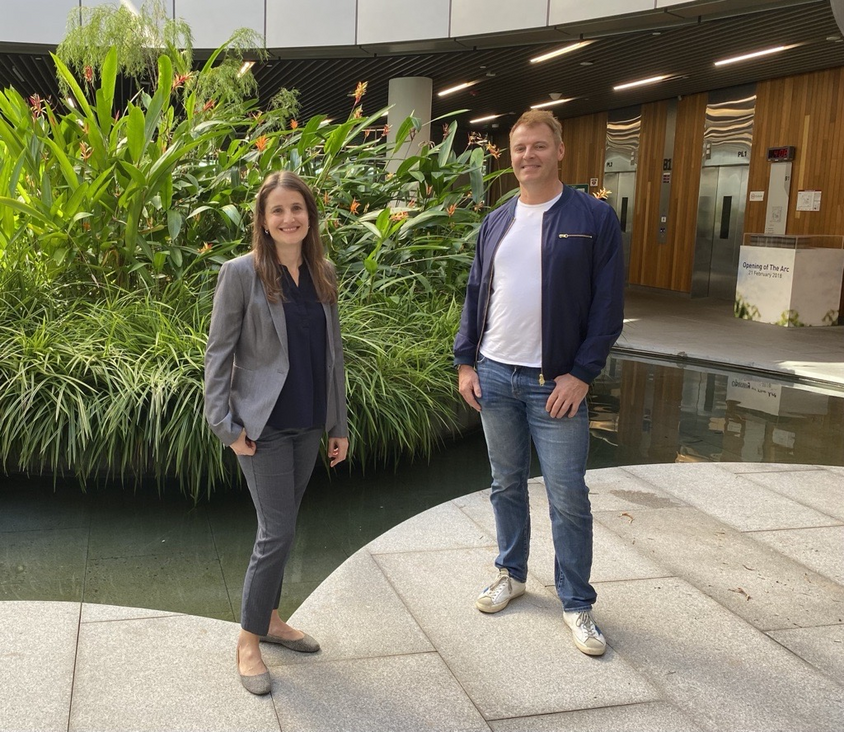
A group of scientists, led by Nanyang Technological University, Singapore (NTU Singapore) and University of Glasgow, have presented a range of disaster risk reduction strategies and policies for ASEAN[1], a region at risk of multiple natural hazards, which are further compounded by climate change.
Their report highlights that ASEAN is at risk of losing over 35 per cent of its GDP by 2050 from climate change and natural hazard, severely impacting key sectors such as agriculture, tourism, and fishing, along with human health and labour productivity.
The region will also observe hotter weather, longer monsoon seasons, and increased droughts, as global temperatures are predicted to increase by 1.5° C above pre-industrial levels over the next 20 years.
By 2050, sea levels are also foreseen to rise by at least 25 centimetres compared to 2000, and the scientists warned that the greatest effects would be felt in ASEAN, due to the number of people living in low-lying coastal areas.
Their report titled 'Adaptation and Resilience in ASEAN: Managing Disaster Risks from Natural Hazards', which called for a strong policy push by governments to increase resilience and focus on preparedness to climate change, was published ahead of the 2021 United Nations Climate Change Conference (COP26), held between 31 October and 12 November 2021.
[1] The Association of Southeast Asian Nations, or ASEAN is an intergovernmental organisation of ten Southeast Asian countries: Brunei, Cambodia, Indonesia, Laos, Malaysia, Myanmar, the Philippines, Singapore, Thailand, and Vietnam.






